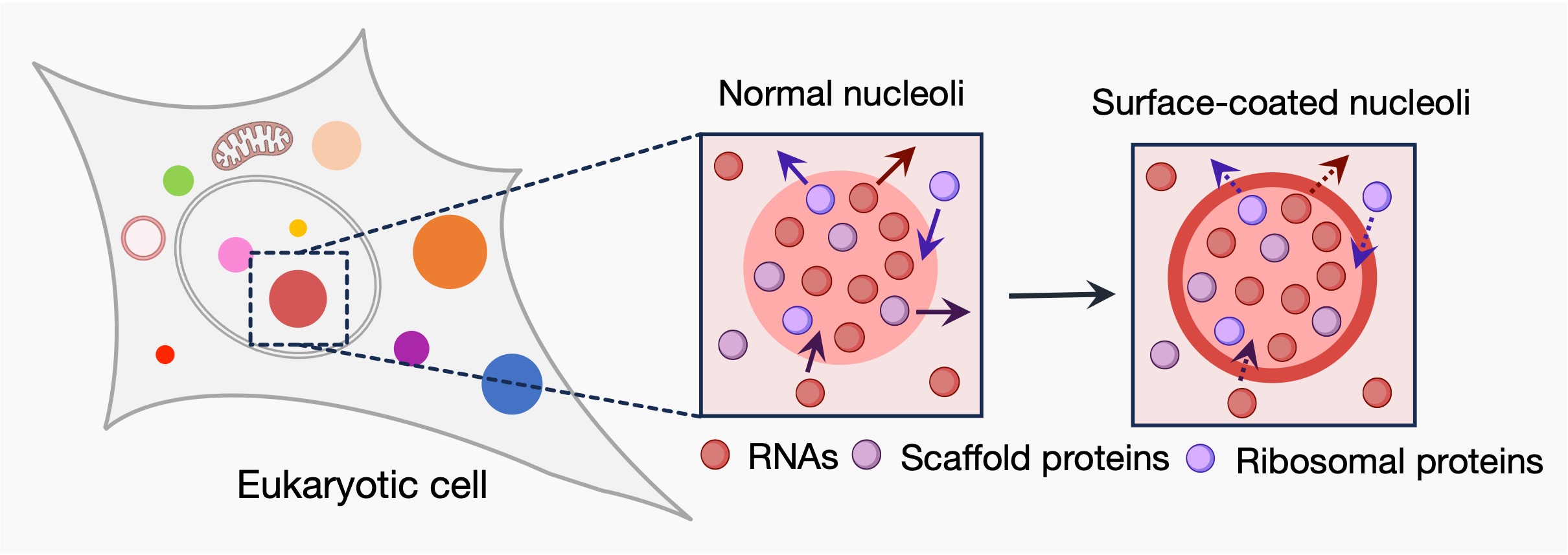Synthetic Biomolecular Condensates at Soft Living Interfaces
Abstract: The living cell is an intricate and synchronized organization with compartmentalization across diverse length scales. While intracellular compartments such as the lysosome and mitochondria are bound by membranes, cells also contain organelles, not confined by membranes, known as “biomolecular condensates”. Recent studies showed that many biomolecular condensates are viscoelastic materials formed from the phase separation of proteins and nucleic acids. The abrupt changes in composition and material properties of these condensates impair their biological function and are often associated with cancer, ribosomopathies, and aging disorders. Therefore, synthetic systems are required to create model biomolecular condensates in living systems. These systems aim to elucidate the biophysical principles of intracellular organization and diseases. In the first part of my talk, I will discuss our work on using protein oligomerization and sequence interactions in vivo to create multiphasic biomolecular condensates that mimic native condensate assemblies. We show that specific molecular and nanoscopic design principles can be exploited to design optogenetic fusion proteins that exhibit targeted condensation with high spatiotemporal resolution. Later in this talk, I will describe our work on synthetic polymers to form condensates that mimic the function of underwater adhesive proteins secreted by marine organisms such as mussels and sandcastle worms. In summary, the bioinspired design of macromolecules that form model biomolecular condensates represents new frontiers to ask fundamental questions on the behavior of mesoscopic biological assemblies in living cells and to inspire the design of novel functional materials.

